Juliet Hooker: “People Don’t Imagine that a Nicaraguan could be Black”
When a Miss Nicaragua was selected who came from the Atlantic Coast, people nearly had a nervous breakdown over the thought of a Black person representing the country. “What’s that, if not racism?”
By Danae Vilchez (Confidencial / Niu)
Photos: Carlos Herrera

HAVANA TIMES – Juliet Hooker recalls her life in Bluefields, the departmental capital of Nicaragua’s South Caribbean region, like a dream. A little town of Caribbean style architecture, where the community was very united and there were close relationships between families. So much so, that the children walked alone to the school associated with the Moravian Church, a church which has always been a religious pillar of the zone.
“It was a very sociable community, very close-knit. Now when I go back, it all looks different: the houses are different, the area is very different, especially after Hurricane Joan in 1988,” Hooker remembers.
Juliet moved to Managua for high school, but would return often to the Caribbean. At the end of the 80s, she moved to the United States to study political science at Williams College, and later at Cornell University. She began her career as an academic researcher at the University of Texas in Austin, focusing on the political advances on Nicaragua’s Caribbean Coast as the result of the passage of the Autonomy Law.
Said law established the Autonomous Regions of the North and South Caribbean, and gave them a unique political and administrative structure in which, among other rights, their ancestral forms of organization were to be “respected.”
 For Hooker, recently incorporated as a professor of political science at Brown University, thirty years after the passing of the Autonomy Law the stipulated rights “continue to be scratches on paper and haven’t been put into effect.”
For Hooker, recently incorporated as a professor of political science at Brown University, thirty years after the passing of the Autonomy Law the stipulated rights “continue to be scratches on paper and haven’t been put into effect.”
The Nicaraguan professor and author of a number of investigations of comparative political theory and critical theory of race, includes among her principal research interests Black political thought, Latin American political thought, the politics of the African and indigenous descendants and multicultural rights in Latin America.
She’s the author of Race and the Politics of Solidarity (Oxford Press, 2009) and Theorizing Race in the Americas (Oxford Press, 2017), works where she juxtaposes the accounts of race formulated by distinguished US academics in the 19th and 20th century with those of African American and Latin American thinkers.
It’s been particularly important to her to analyze how the descendants of the African and the indigenous peoples of the Caribbean Coast were incorporated into Nicaragua as a nation, and the implications of this “Annexation” at a social, political, human and legal level.
“I had to understand Nicaraguan nationalism and the official discourse about what Nicaragua is, and how they envision the Atlantic Coast as a part of that Nicaragua”, explains the researcher.
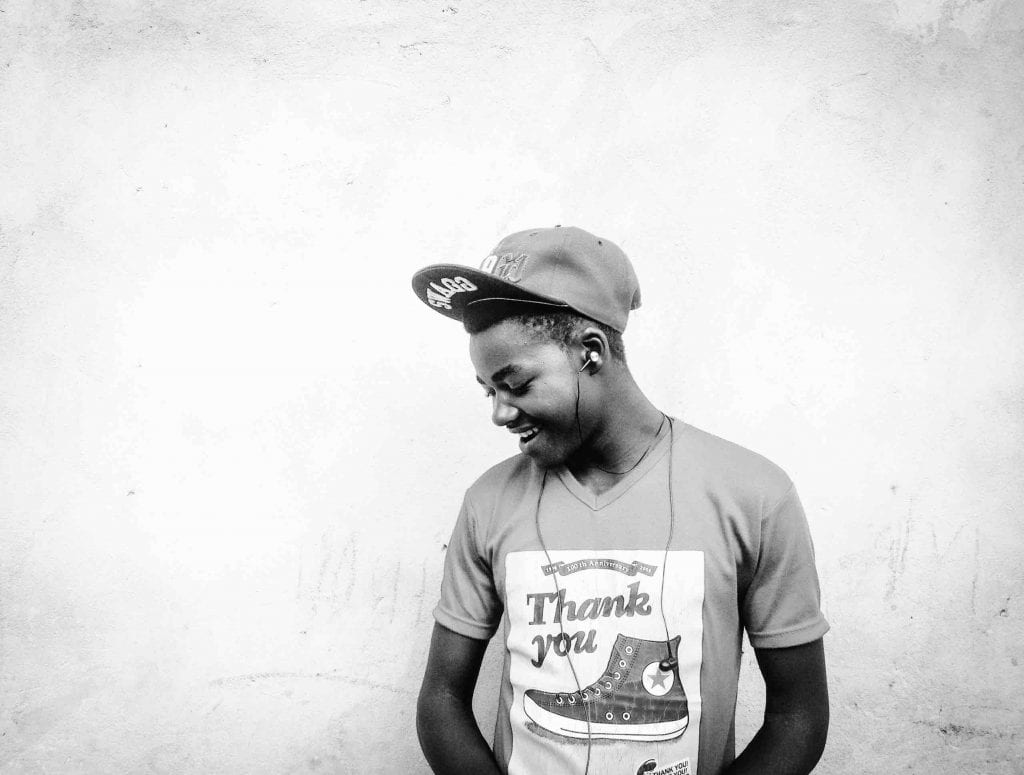 In this interview with Confidencial/Niu, Hooker analyzes the social and political context of Nicaragua, a country in which racism continues to be prevalent, along with continued neglect of the Caribbean Coast, even 30 years following the passage of the Autonomy Law.
In this interview with Confidencial/Niu, Hooker analyzes the social and political context of Nicaragua, a country in which racism continues to be prevalent, along with continued neglect of the Caribbean Coast, even 30 years following the passage of the Autonomy Law.
How is racism construed socially?
We have to think about racism in Nicaragua in two ways. One is the social, interpersonal one, very common in daily life, in which you note things like people using offensive phrases about “the blacks” and preferring straight hair over kinky hair. The whitest skinned people are thought to be the most attractive. Very common things.
But racism also occurs in a structural manner: in Nicaragua, this centers around the common images of the different regions. For example, people think there aren’t any people of African descent in the Pacific regions and that all the black people and all the indigenous people live on the Caribbean side. On the other hand, there’s a pattern in which the State resources and the State itself are concentrated in the Pacific region and not on the Coast.
Another element involves the stereotypes about the peoples of the Atlantic Coast. When they speak about the problems of drug trafficking – which occurs in all parts of the country – the image of the drug trafficker is almost always a Black from the Coast. Or when you meet someone in Managua and they find out that you’re from the Atlantic Coast, the first thing they ask is if you know how to dance the Palo de Mayo [the “Maypole”, a traditional dance of the region]. It never occurs to them that you could be an intellectual, for example.
Why do you believe that conversations about race continue to be taboo in Nicaragua?
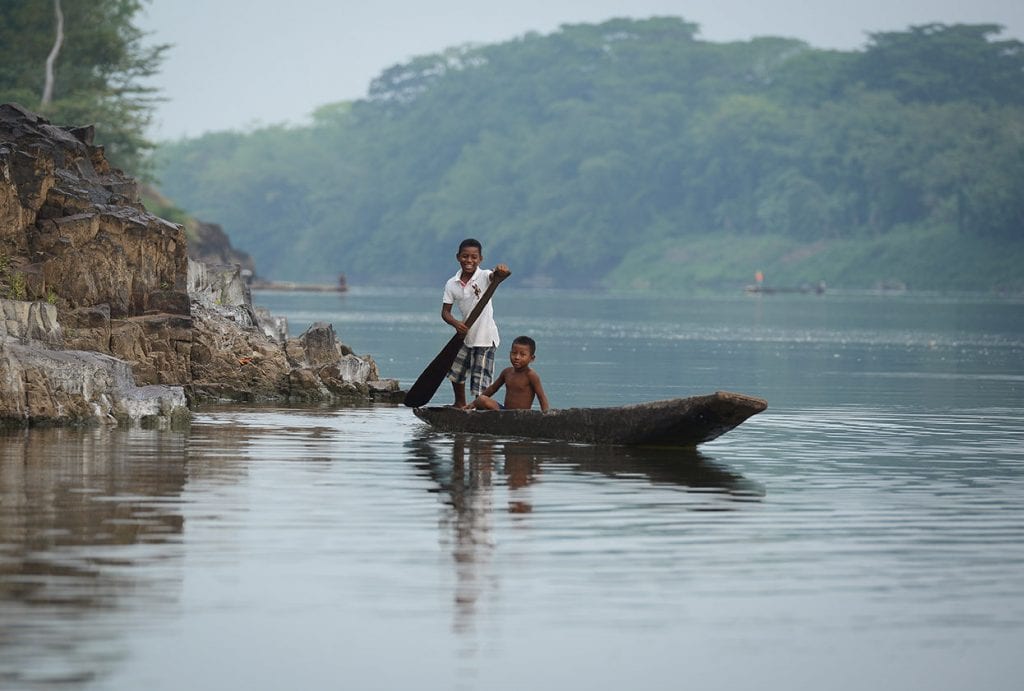 There’s a lack of awareness about our history and a denial of the idea that there’s racism in Nicaragua. The official construct of Nicaragua is the idea that we’re all mestizos, we’re all mixed. That’s true up to a certain point. But within this discourse, they tell you that there’s no racism, that there’s no differentiated treatment between one and another person. That makes it difficult to hold a frank and honest talk about why, if there’s no racism, those of the “elite” are all the people who are “whitest”. Is that a coincidence?
There’s a lack of awareness about our history and a denial of the idea that there’s racism in Nicaragua. The official construct of Nicaragua is the idea that we’re all mestizos, we’re all mixed. That’s true up to a certain point. But within this discourse, they tell you that there’s no racism, that there’s no differentiated treatment between one and another person. That makes it difficult to hold a frank and honest talk about why, if there’s no racism, those of the “elite” are all the people who are “whitest”. Is that a coincidence?
The common focus when the topic of race comes up is to talk about opportunities, access to the schools, to jobs, but the discussion seems to get stuck there…
We have a closed idea about what racism is. We think that racism is only denying a person the opportunity to participate in certain spaces, or to go to certain schools. However, it manifests itself in many more common and extensive ways. For example, when there was a Miss Nicaragua who came from the Coast, people almost had a nervous breakdown about having a Black woman represent the country. What’s that, if not racism? We think that the Nicaraguan is something else, we don’t think that a Nicaraguan could be black.
We think that racism is only when we deny their rights to people; we don’t think about the subtler forms in which it manifests itself.
Let’s talk about some everyday examples. In what tangible situations do we find racism in Nicaragua?
We see it first of all in our most basic preferences – who we think is attractive. People think that attractiveness goes with someone whiter, for example.
 Or sometimes if they see a black person, they assume that they’re not Nicaraguan but a foreigner, because – according to them – there aren’t any black people in Nicaragua. People don’t know anything about the Atlantic Coast, that there are cultures there that are very different from those in other parts of the country.
Or sometimes if they see a black person, they assume that they’re not Nicaraguan but a foreigner, because – according to them – there aren’t any black people in Nicaragua. People don’t know anything about the Atlantic Coast, that there are cultures there that are very different from those in other parts of the country.
Another thing is the subject of language. I’m a “Creole” and we grew up speaking Creole English. The fact that we Creoles can’t use our language in our workplaces, in our schools, in the universities is in a certain way racism. Even though the law says we can, the fact is that everything is in Spanish. The students are at a disadvantage because they can’t use their mother tongue, and also it fuels the danger of the language becoming lost.
What are the roots of racism in Nicaragua? Where does it come from and why does it continue being so much the prevailing attitude?
I believe that racism originated with the plunder of the indigenous population when the colonization began. With the black people, it has its origins when they were brought in as slaves. That created a history in which these populations are already marginalized with an enormous historic debt.
Although this might seem very far back, its consequences extend into the present. The exploitation of the labor force of the black slaves created wealth that didn’t go to those communities, only served to enrich others. This then goes on to create inequities that are reproduced even when slavery ceased to exist.
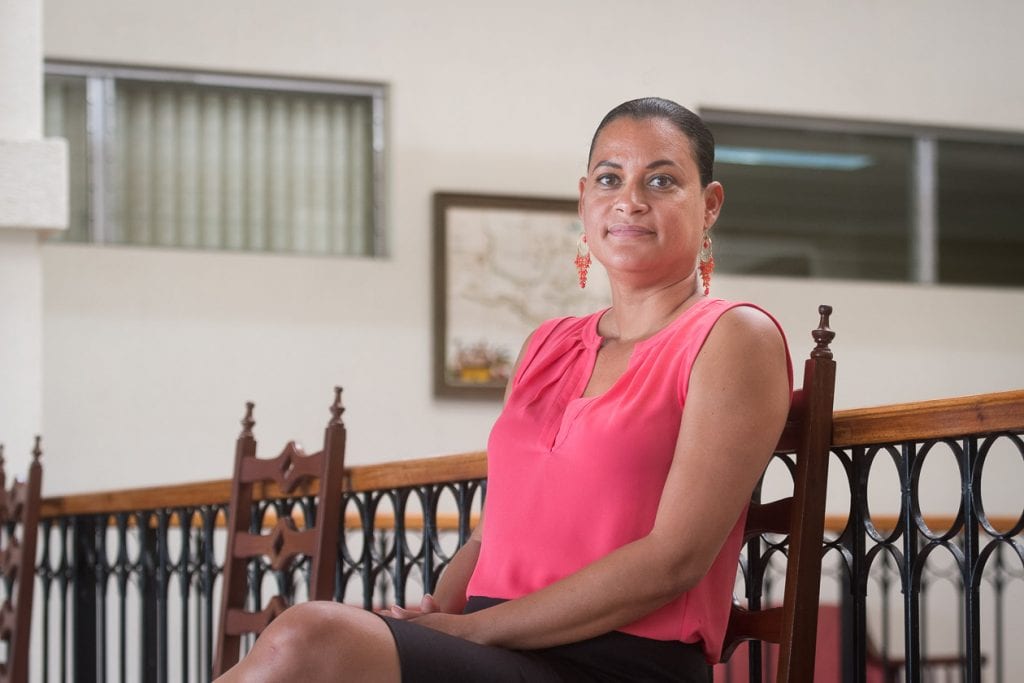 In Nicaragua, it also dates back to 1894 when the Atlantic Coast region was incorporated via a forced military takeover. This brought about an annexation that was against the will of the coastal residents. Then, during the 20th century, we went through a period in which we were officially part of Nicaragua, but there was no attention or investment in the Coast. The Caribbean region lay forgotten, a region that was only exploited and used as a source of natural resources. I think that there’s a legacy of treating the Atlantic Coast as a semi-colonial territory, and this impacts relations between the region and the national State.
In Nicaragua, it also dates back to 1894 when the Atlantic Coast region was incorporated via a forced military takeover. This brought about an annexation that was against the will of the coastal residents. Then, during the 20th century, we went through a period in which we were officially part of Nicaragua, but there was no attention or investment in the Coast. The Caribbean region lay forgotten, a region that was only exploited and used as a source of natural resources. I think that there’s a legacy of treating the Atlantic Coast as a semi-colonial territory, and this impacts relations between the region and the national State.
How can we demystify some erroneous ideas that are heard in the streets, like: “There’s also inverse racism,” or “The black people are also racist against the whites.”
That’s a very interesting question. This business of inverse racism is very much in fashion in the United States right now, and the white people feel that they’re being discriminated against. But you have to identify racial privilege: the fact that if you come from a dominant group, you never have to think about your place.
History always centers around your group, not to mention the soap operas, the news, everything. They always feature people that look like you, you never have to think whether you could go into a place, because the ones controlling access are people that look like you. If you belong to the dominant group, you never think about how it is to form part of that space for those who aren’t part of that dominant group.
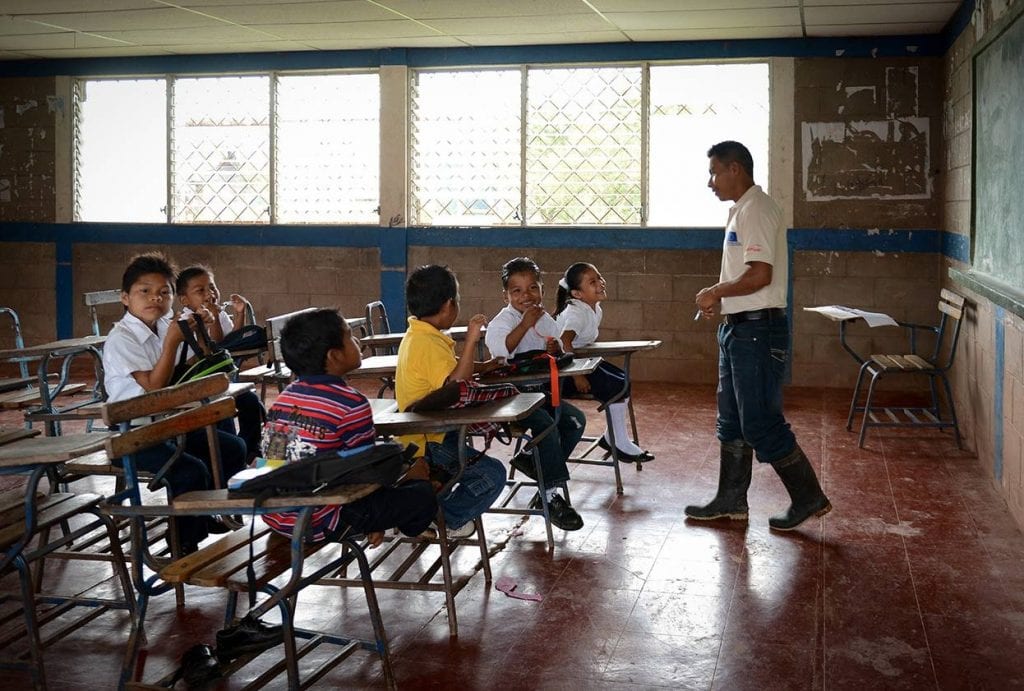 So, the idea of reverse racism is because people aren’t aware of those privileges, and as a result say: “Oh, but we’re all equal”. And maybe you wanted to sit down with someone and they treated you badly, so you think that’s racism or something like it, but it’s not the same thing. You need to look at who has access to the resources. If you look at the Atlantic Coast, it’s the poorest region of the country. It’s not just a question of interpersonal behavior, but also of why there’s less investment in the Atlantic Coast, why there’s less access to education, to potable water, to all the things that the State provides. All this continues reproducing itself as time goes on.
So, the idea of reverse racism is because people aren’t aware of those privileges, and as a result say: “Oh, but we’re all equal”. And maybe you wanted to sit down with someone and they treated you badly, so you think that’s racism or something like it, but it’s not the same thing. You need to look at who has access to the resources. If you look at the Atlantic Coast, it’s the poorest region of the country. It’s not just a question of interpersonal behavior, but also of why there’s less investment in the Atlantic Coast, why there’s less access to education, to potable water, to all the things that the State provides. All this continues reproducing itself as time goes on.
Do you believe that the new generations will view the topic of race differently? Have things changed or are they still the same?
I believe that yes, there are changes, but there are going to be more changes as we become more aware of our history. In that way, the generational change could really be felt. It’s not going to happen just all by itself. Parents need to talk with their children; we have to teach the history of the country including that of the Atlantic Coast; and we have to understand the prevailing vision for Nicaragua up until now, and the role that’s been assigned to the Coast within that.
Not only have this government, but also past governments, spoken of “advances” and of “progress” on the Caribbean Coast. How tangible are these things?
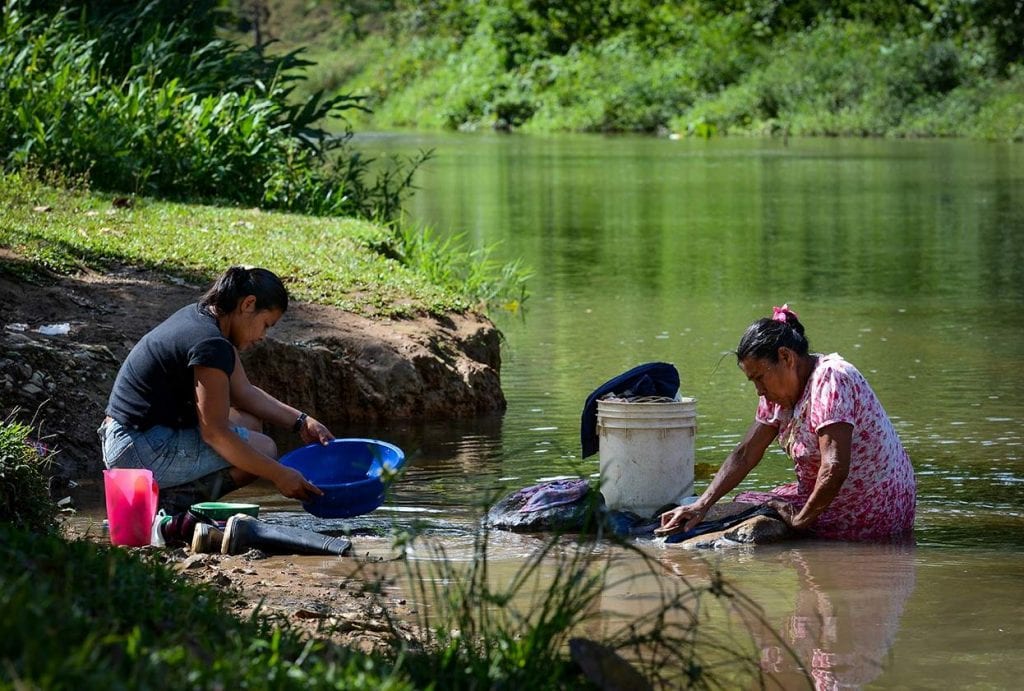 Within the legal framework, there have been advances. The fact of proclaiming the Autonomy Law in 1987, which includes a Constitutional recognition of the descendants of the Africans and indigenous peoples on the Coast – that’s an advance. Later, when Law 445 was passed and the communal territories were recognized, that was also progress.
Within the legal framework, there have been advances. The fact of proclaiming the Autonomy Law in 1987, which includes a Constitutional recognition of the descendants of the Africans and indigenous peoples on the Coast – that’s an advance. Later, when Law 445 was passed and the communal territories were recognized, that was also progress.
There’s a great gap between what exists on the books, in the legal and judicial frameworks, and what happens in reality.
The problem is that the rights stipulated in the Autonomy Law have not gone into effect. They’re really beautiful rights on paper, but in fact, the communal lands are being invaded, there’s no way of exercising self-government, and that contradicts what the Autonomy Law was supposedly aimed at.
But the Autonomy Law was approved 30 years ago. What should the government be doing to guarantee that all of those things finally be fulfilled?
I believe that the problem goes deep. The national government, regardless of what type it is, has no interest in this. The national government is always going to have a national vision. Its focus is never going to be on what the Atlantic Coast population wants or needs. There’s always going to be a contradiction between the interests of the Coast residents and that of the national government. For that reason, many people on the Coast say: “Maybe we shouldn’t depend on the national government to resolve the situation or to be the ones to really put autonomy into effect.”
 What does the ideal of autonomy really mean, and how would it protect the people of the Atlantic Coast?
What does the ideal of autonomy really mean, and how would it protect the people of the Atlantic Coast?
The idea is that the peoples who have historically inhabited the Atlantic Coast are going to have the power to organize themselves based on their traditions and to exercise control over the area of the Coast.
Nevertheless, the framework created for the autonomy makes that very difficult, because it awards equal rights to the descendants of the Africans, the indigenous, and the mestizos, who in many cases have arrived more recently. At present, the mestizos are in the majority.
In a legal framework where the demographic numbers are what hold weight, the mestizos are always going to have more power. It’s very difficult within that framework to imagine how the aspirations of the Coastal residents to really control their ancestral territories could be realized.
Do you believe that someday we’re going to be able to become that multicultural nation that’s on paper in the Constitution and the laws?
We have to keep working to get there, though we may not arrive in my lifetime, or in yours. But we have to keep working to go forward towards that ideal.






So Ortega had always been a Genocide person,but yet we coast people still voted for him back 2005, if you say this man is bad why we have some coast people still following him and in that case then or Atlantic coast will never be free the way some of we coast people whant to see it.
Per the Nicaraguan history books yes, the Caribbean coast was always a part of Nicaragua.
Further research tells us, that while their may have been parasitic relationship between the Brits, as Juan calls them, there was never a de facto colonization of the region by the Spanish or the Brits. This would render the territory independent, until its forced incorporation. The subsequent Nicaragua governments gave concessions to international companies and even at one point installed an American to run the region. Not sure about de facto autonomy and the area began to decline after incorporation. As an example of freedom lost was the mandated education in Spanish, negating the already established system of education in the region…which was again…independent from Nicaragua.
Maritza: Juan is referring to the Black Christmas occurred back on the 80′ The genocide commited by Ortega, Tomas Borge and others against the minorities of the Nicaraguans living on the Atlantic. Genocide better known as Navidad Roja
What point are you trying to make? What is ”Back Christmas”?
My family moved to the east coast in 1894. For the recors Atlantic Nicaragua wa allways part of Nicaragua, the Brits kept the Mosco King drunken so they could plunder the region, which by the way, not only has African Nicaraguans, but Asian, Jews and other ethnicities. Zelaya and Somoza gave freesom to its inhabitants and se facto authonomy. The government in the 80s tries to uproot its indegenous populations so they could continue pillaging the region. This was known as Back Christmas , for the deat and devastation that brought in to its inhabitants. The pillaging continues today, please research that